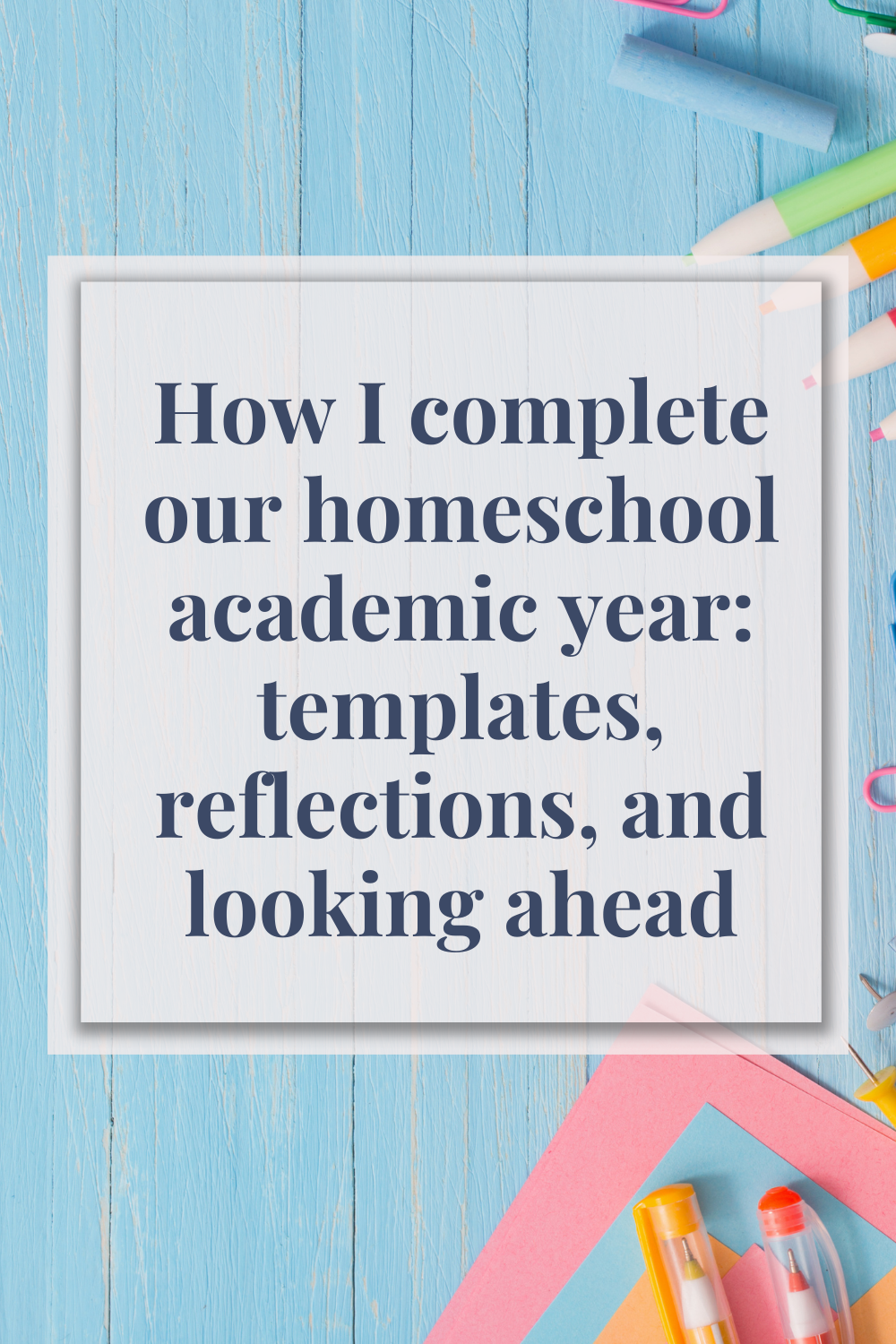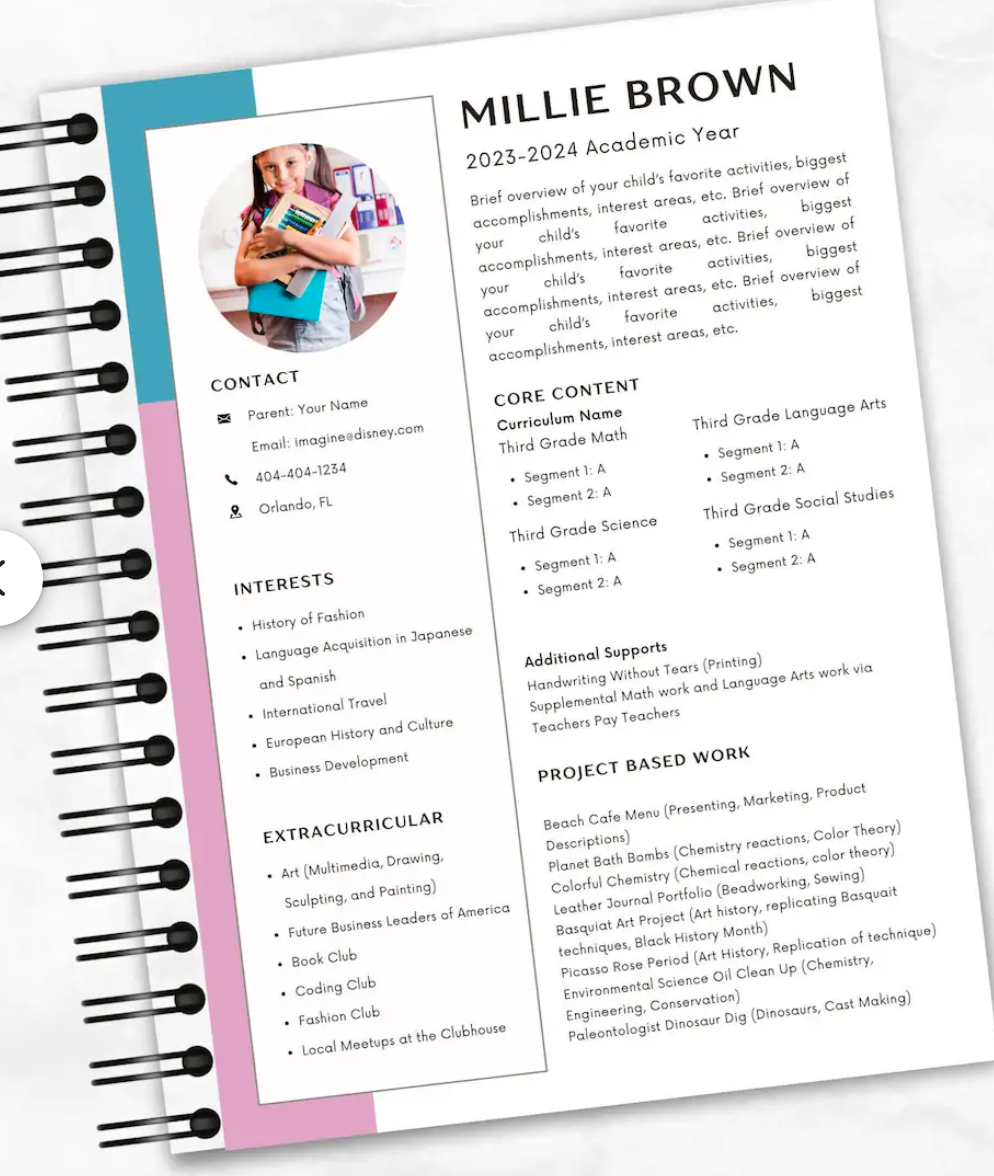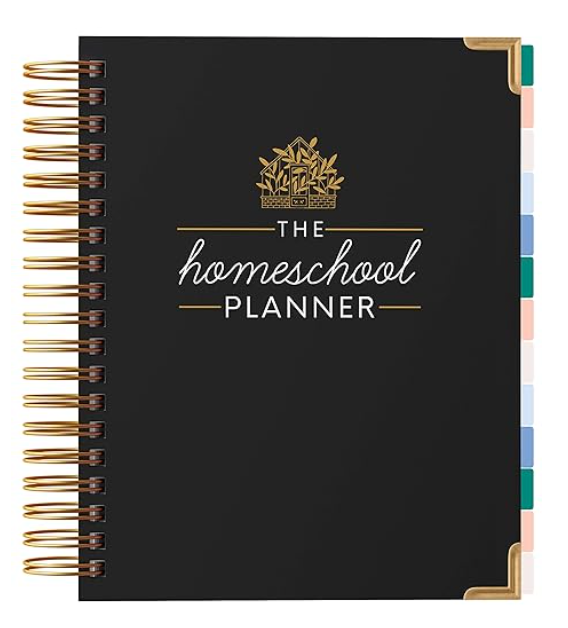How I Complete Our Homeschool Academic Year
As another homeschool year draws to a close, I always find myself reflecting not just on what my daughter has learned, but how she’s grown as a learner. While we don’t follow a traditional school calendar to the letter, we do wrap up the year with a mix of assessments, reflection, and celebration. One of the most significant choices I’ve made in our homeschool journey is deciding whether or not to incorporate standardized testing, and how to do it in a way that aligns with our educational philosophy.
We’ve experimented over the years. We began with IXL because it felt familiar, structured, and easy to access. Then we moved to STAR testing for a broader view of reading and math progress. Eventually, we tried Edmentum, thinking the adaptive features would better meet her where she was. But with each new program, I noticed something unsettling: my daughter, who usually loved learning, became more anxious and frustrated. It wasn’t about the content. It was about the format, the pressure, and the way the questions were framed. She was getting hung up on the test structure itself, not the actual material.
That led me to a bigger question: What are we really testing when we administer standardized tests? Are we measuring true understanding and knowledge, or are we evaluating how well a child navigates a particular testing format? In most cases, I’d argue it’s the latter. Even the most creative and intelligent learners can stumble when faced with confusing instructions, multiple-choice traps, or a computer interface that doesn’t quite make sense to them.
As homeschoolers, we often choose this path specifically to move away from that kind of rigid, one-size-fits-all evaluation. So why bring it back in? Why test at all?
The answer for me is balance. I’m not trying to simulate the traditional school experience, but I do want my daughter to be comfortable with assessments. I want her to be able to take a test without freezing up, to apply her knowledge in unfamiliar formats, and to build resilience when faced with a challenge. Test-taking is, unfortunately, a skill in itself, and like any skill, it takes practice.
So yes, we still test. But we test mindfully.
Rather than using standardized testing as the final word on her progress, I use it as just one tool among many. I’m no longer tied to one program. I rotate or limit testing. We debrief after every assessment, not just reviewing the right or wrong answers, but talking through how the test was structured, how it made her feel, and how we might better approach it next time. She’s learning how to take a test without letting it define her abilities. To me, that’s more valuable than the percentile ranking.
But the real heart of how we end our academic year isn’t in the test scores. It’s in the portfolio we build together.
Each year, I create a personalized, reflective homeschool portfolio that captures the full richness of what she’s experienced and achieved. I use an editable Canva template that makes it easy to organize everything from core subjects to field trips, art projects to book lists, and even special moments we don’t want to forget. It’s beautifully customizable, which means we can make it feel like ours, and not a generic report card, but a celebration of learning.
This portfolio isn’t just for the records (though it does help with evaluations and documentation). It’s something we both look forward to creating. We sit down together and reflect: What was her favorite science experiment? What field trip really stood out? Which book characters felt like friends? What goals did she meet? Where did she struggle, and how did she grow from it?
That process of reflection is incredibly powerful. It reinforces the value of learning for the sake of learning… not for grades, not for external validation, but because growth itself is worth honoring. It gives her agency over her own education. She gets to see the progress she’s made, not just in test scores or worksheets, but in creativity, curiosity, and confidence.
The portfolio also helps us plan ahead. We look at what she excelled in and what might need more attention next year. We make goals based not on standards or curriculum expectations, but on her interests and needs. And because we do this every year, we can look back over time and see a clear trajectory of progress… one that’s much more holistic and personal than any standardized test report could ever provide.
One of my favorite sections to include is the “Highlights” page. This is where we list major accomplishments, new skills mastered, field trips taken, and books read. It’s kind of like a homeschool yearbook page. Sometimes we add photos, artwork, or quotes from the year. This year I asked her what she was most proud of completing or learning. It’s always amazing to see her face light up when she feels proud of an accomplishment that she gets to define.
If you’re a homeschool parent wondering how to bring closure to your school year, I can’t recommend this process enough. Whether you choose to do formal testing or not, taking time to reflect and document your child’s learning journey is both meaningful and incredibly grounding. It helps you see just how much has been accomplished—even on the days when it felt like nothing went as planned.
To summarize, here’s what our end-of-year process looks like:
Thoughtful Assessment: We use standardized testing sparingly and intentionally to build comfort and assess retention, but we don’t rely on it as the sole indicator of learning.
Reflective Debriefing: We discuss the testing experience, learning how to take tests as a skill rather than treating scores as a judgment.
Celebratory Portfolio Creation: We use this Homeschool Portfolio Highlights Template to document everything from academic progress to personal growth.
Future Planning: We use the completed portfolio to help guide goal-setting and curriculum planning for the next year. Also- for planning ahead, I cannot recommend this homeschool planning notebook enough. I use it every year and it gives a monthly overview as well as weekly overviews.
Parent-Child Collaboration: The end-of-year portfolio becomes a shared tradition, one that builds connection and pride in our homeschool journey.
Homeschooling is about more than just checking boxes or meeting grade-level standards. It’s about cultivating a lifelong love of learning, helping our children grow into curious, thoughtful, capable people. Ending the year with a meaningful combination of assessment and reflection helps me stay grounded in those goals.
So while we may dip our toes into the world of standardized tests, our true measure of success lies in something far richer: the story of a year well lived, well learned, and well loved. Wishing you all a happy end of the 2024-2025 school year!








